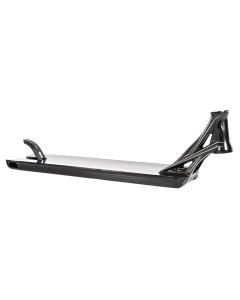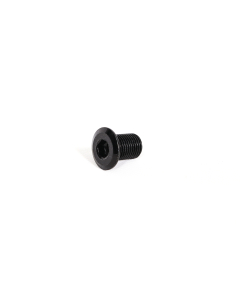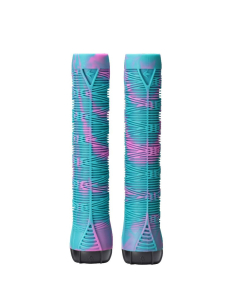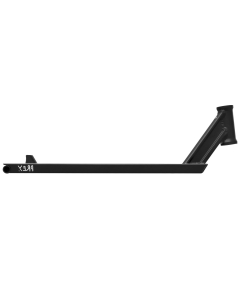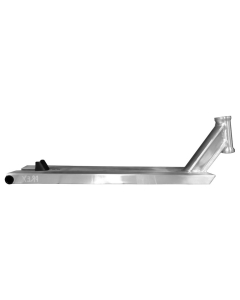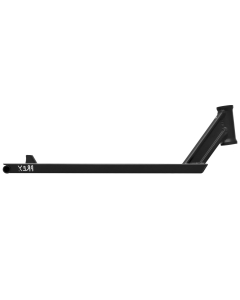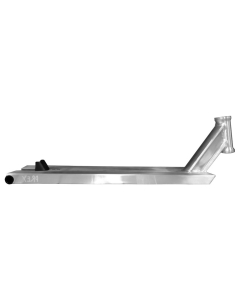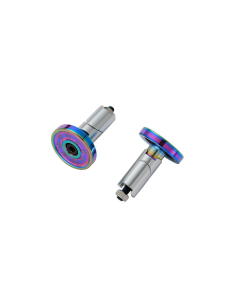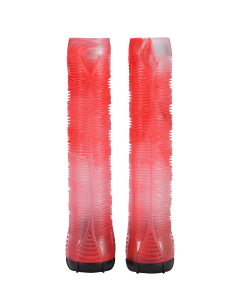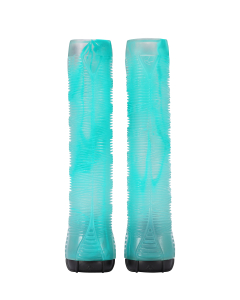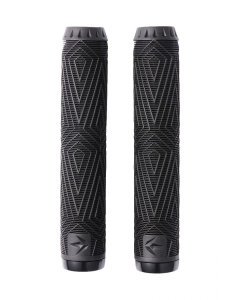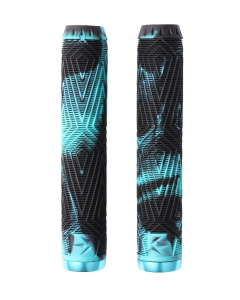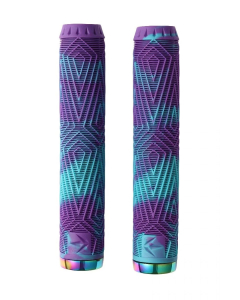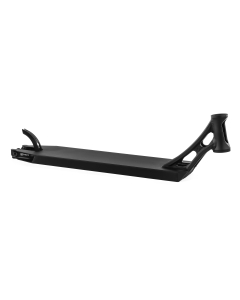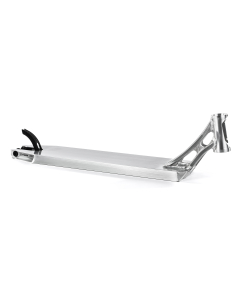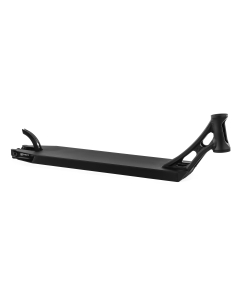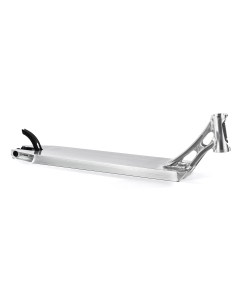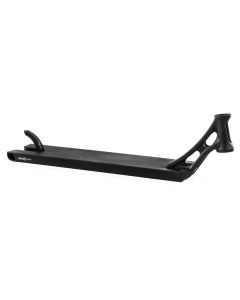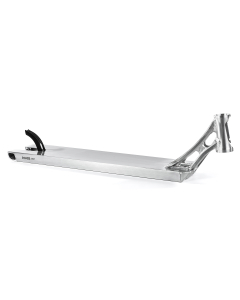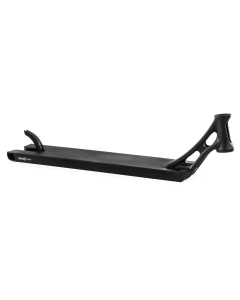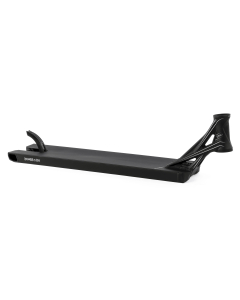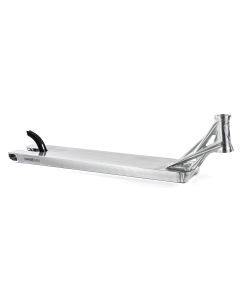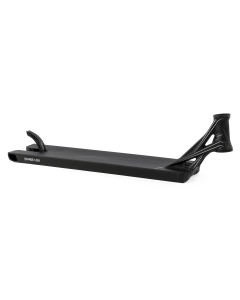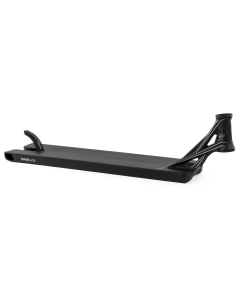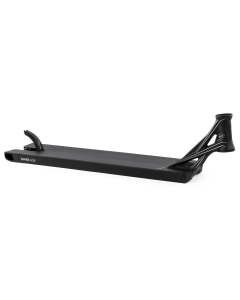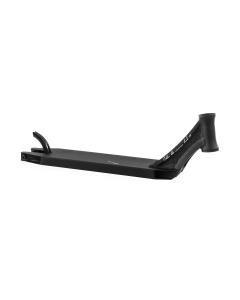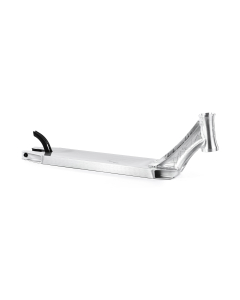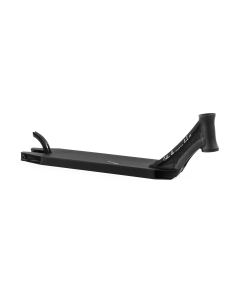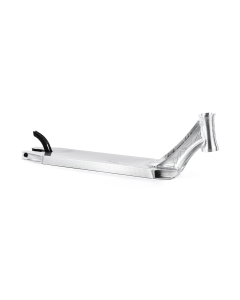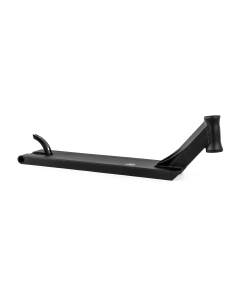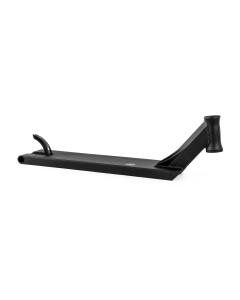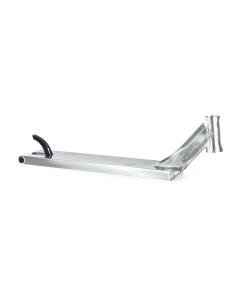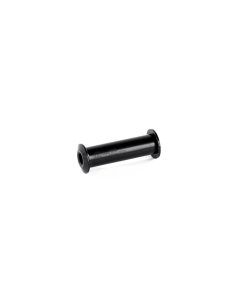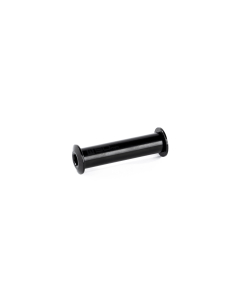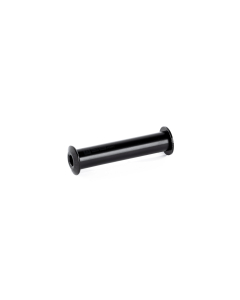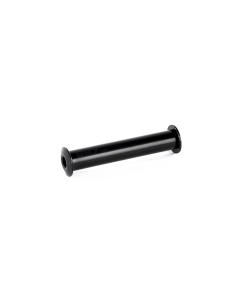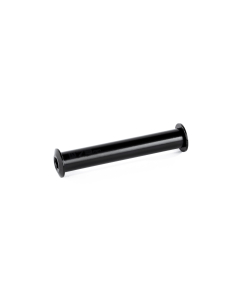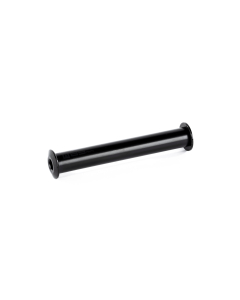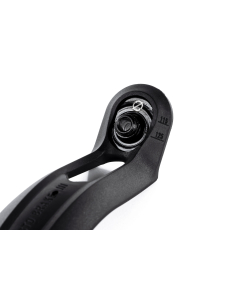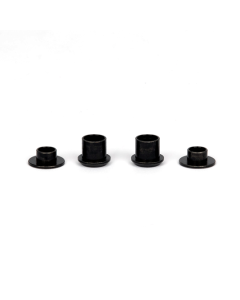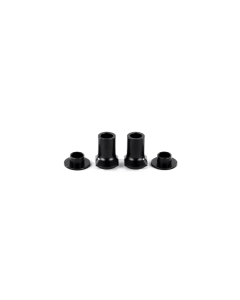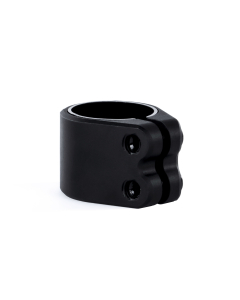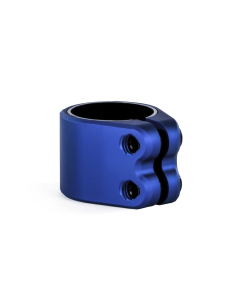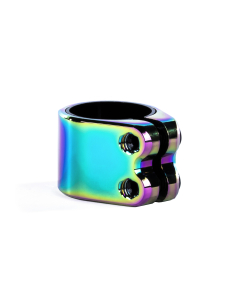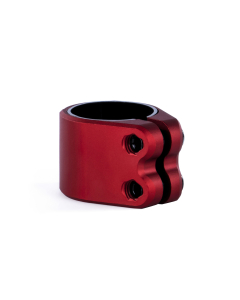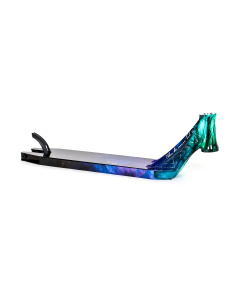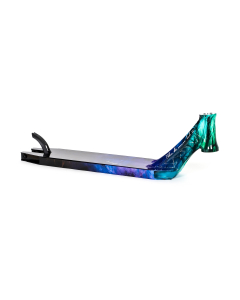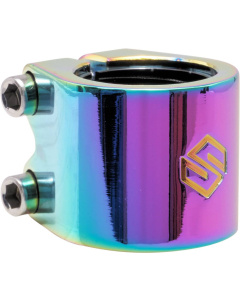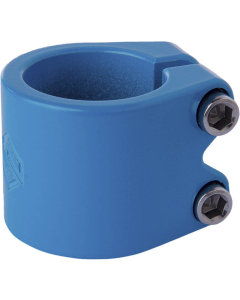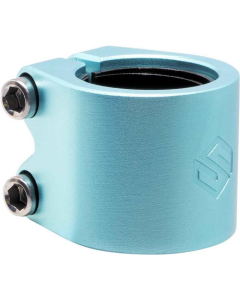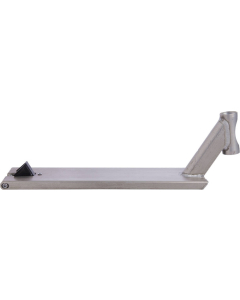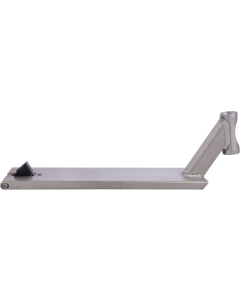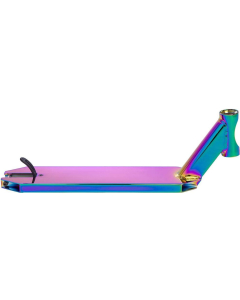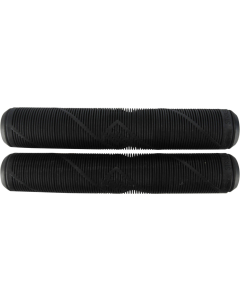Patinete Freestyle
odos nuestros patinetes freestyle para niños y adultos para montar como un profesional
Descubre nuestra completa selección de scooters freestyle, tanto si haces trucos en el skatepark como si utilizas el mobiliario urbano, aquí encontrarás lo que buscas.


Complete scooters: the ideal choice for beginners and improvers
A complete freestyle scooter is the ideal starting point for any rider who wants to get started or improve in this discipline, which is less well known than skateboarding but just as demanding. Unlike conventional scooters, they are specially designed to resist impact, support aerial tricks and offer optimal maneuverability.
Every element: deck, handlebars, fork, wheels, compression system, etc., is designed to withstand the stresses of the skatepark and street.
The advantage of a complete scooter? Everything is already perfectly adjusted. No need to choose each part separately: manufacturers combine compatible components to guarantee a perfect balance between lightness, strength and responsiveness. It's therefore the best choice if you want to get started straight away and concentrate on your ride rather than on assembly.
And if, later on, you want to customize your scooter, no worries: each part can be replaced according to your style and level.
The handlebars of your freestyle scooter: stability and precision
The handlebar of a freestyle scooter, also called a “bar”, is a central element of the freestyle scooter. It influences both the maneuverability and the stability of the ride. Unlike classic scooters, where the handlebar can be adjustable, here it is fixed to guarantee maximum strength and withstand the impacts of jumps and tricks.
Its height and width must correspond to your body type and your riding style to ensure you ride in complete comfort and safety. Choosing the right handlebars means ensuring perfect control of tricks such as barspins, bri flips and manuals!
To choose the right handlebars, don't hesitate to consult our buying guide: How to choose your freestyle scooter handlebars.
The material of the handlebars
- Aluminum for lightness and responsiveness, perfect for the skatepark
- Or chromoly steel, more robust, ideal for street sessions.
The shape of the handlebars also varies
- T-shaped for maximum control
- Or Y-shaped for a compromise between rigidity and flexibility.
The fork of your freestyle scooter: strength and fluidity
The fork of a freestyle scooter is one of the key parts. It connects the handlebar to the front wheel, thus ensuring stability, smooth rotation and impact resistance during tricks. Unlike conventional scooters, freestyle forks are reinforced, without threading, to withstand the stresses of skateparks and street riding. There are two types of forks: with or without integrated compression. Models compatible with the SCS and HIC systems require an oversized diameter, while those adapted to ICS are often lighter.
The handles of your freestyle scooter: comfort and control
Handlebars for freestyle scooters are more than just an accessory: they play an essential role in the comfort, controland precision of your ride.
Unlike the handlebars of a conventional scooter, those designed for freestyle are designed to absorb vibrations, provide optimal grip and withstand the repeated shocks of tricks and landings.
Their material, generally soft rubber or specific compounds, guarantees a comfortable grip, even after several hours of riding. Their length varies according to the style of riding: longer handles offer better control in street riding, while shorter models favor responsiveness in skateparks.
Your freestyle scooter deck: the basis of your ride
The deck of a freestyle scooter is its central component. It defines the comfort, stability and maneuverability of your scooter, directly influencing your riding style. Unlike classic scooters, freestyle decks are designed to withstand the impact of tricks, whether in a skatepark or on the street.
The main differences between scooter decks are their length, width and shape
A short and narrow deck is lighter and more responsive, ideal for the park and aerial tricks. Conversely, a long and wide deck offers more stability and control, perfect for street grinds and gaps. The material also plays a key role: aluminum guarantees an excellent compromise between strength and lightness, while some reinforced models maximize durability.
To find out how to choose THE perfect deck for you, you can consult our buying guide here: how to choose your Freestyle scooter deck?
The grip of your freestyle scooter: traction and comfort underfoot
The griptape of a freestyle scooter is often underestimated, yet it plays an essential role in the control and precision of tricks. Located on the deck, it ensures optimal grip to prevent feet from slipping during landings or technical figures.
Grips generally have an abrasive coating, similar to skateboard griptape, but with variations in grip depending on the model.
A rough grip offers maximum hold, ideal for street and big gaps, while a slightly softer grip may be suitable for riders who prefer comfort and fluidity in the skatepark.
The compression system: the key to a high-performance freestyle scooter
The compression system is what guarantees the strength, fluidity and responsiveness of the handlebars and forks of a freestyle scooter. Its role is crucial: it keeps these parts tight while allowing for smooth rotation during tricks such as barspins and whip lash.
There are several types of compression systems, each with its own advantages
- The HIC (Hidden Internal Compression) is appreciated for its simplicity and robustness, ideal for oversized steel or aluminum handlebars.
- The SCS (Standard Compression System) is the strongest, as it does not require a slot in the handlebars, which reinforces the rigidity.
- Finally, the ICS (Inverted Compression System) is the lightest, perfect for riders looking to optimize the weight of their setup.
The brakes on your freestyle scooter: safety
The brake of a freestyle scooter is an often-overlooked component, but it plays a key role in the control and durability of the setup. Unlike conventional caliper or disc brakes, freestyle scooter brakes are usually friction brakes located above the rear wheel.
There are two main types of scooter brake
- The flex brake: the most commonly used, is a metal blade that rests on the wheel to slow down the scooter gradually and silently. It is appreciated for its longevity and its ability to reduce vibrations.
- The spring brake, on the other hand, works with a spring and offers more direct braking, but it is less common in freestyle due to its fragility.
Although not widely used in full action, a good brake is still an asset for managing speed and extending the life of the rear wheel!
The wheels of your freestyle scooter: speed, grip and resistance
The wheels of a freestyle scooter are more than just a rolling element: they directly influence speed, stability and shock absorption during skatepark or street sessions. Unlike conventional scooters, freestyle wheels are designed to withstand the impacts of repeated tricks and landings.
Freestyle scooter wheels are made up of two key components
- The core: this can be made of plastic, which is lighter but less durable, aluminum, which offers an excellent compromise between strength and lightness, or a solid core for maximum resistance on the street.
- The rubber (urethane): the hardness of the rubber, expressed in durometer, influences grip and speed: a hard wheel (88A-90A) rolls fast and lasts a long time, while a softer wheel absorbs vibrations better.
The choice of diameter is also essential: 100 mm wheels offer good maneuverability, while 120 mm wheels allow for more speed and fluidity.
To find out everything you need to know about freestyle scooter wheels, you can take a look at our buying guide How to choose your freestyle scooter wheels.
The bearings of your freestyle scooter: fluidity and performance
Bearings are essential components of a freestyle scooter, directly influencing the speed, fluidity and durability of the wheels. They allow the wheels to turn by reducing friction with the axle, thus guaranteeing a smooth and responsive ride.
The quality of a bearing is often evaluated by the ABEC standard, ranging from ABEC-3 to ABEC-9
A high ABEC rating means better manufacturing precision and therefore faster rolling, but in freestyle scooters, impact resistance is just as important. Some models use specific bearings designed to absorb the repeated impacts of the streetand the skatepark, without sacrificing speed.
Made of steel or ceramic, the latter being more efficient but also more fragile, bearings must be well maintained to remain effective.
The pegs of your freestyle scooter: for grinds and technical tricks
Pegs are essential accessories for riders who like to push the limits in street and skateparks.
These small cylindrical extensions, attached to the axle of the front and/or rear wheels, allow you to perform grinds(slides on rails and ledges) and add variety to tricks.
Pegs are made of aluminum or steel
Aluminum pegs are lighter, perfect for aerial maneuvers, while steel ones offer increased durability for aggressive and repeated grinds.
Their length and diameter also influence stability and control during tricks.
Not all riders use pegs, but for those who want to master feeble, smith or double peg grinds, they quickly become indispensable.
The axles and other screws on your freestyle scooter: the key to a solid and secure setup
The axles and screws are often neglected elements, but they play a fundamental role in the strength and durability of a freestyle scooter. They ensure the secure mounting of the wheels, deck, fork and handlebar, guaranteeing safety and optimal performance during tricks.
The wheel axles are generally made of steel treated to withstand shocks and grinds. Their diameter and length vary according to compatibility with wheels and pegs. Similarly, the screws used for the compression system and the brake and peg attachments must be made of high-quality materials to prevent premature wear.
Proper maintenance and tightening are essential to avoid play and ensure a smooth and safe ride.

